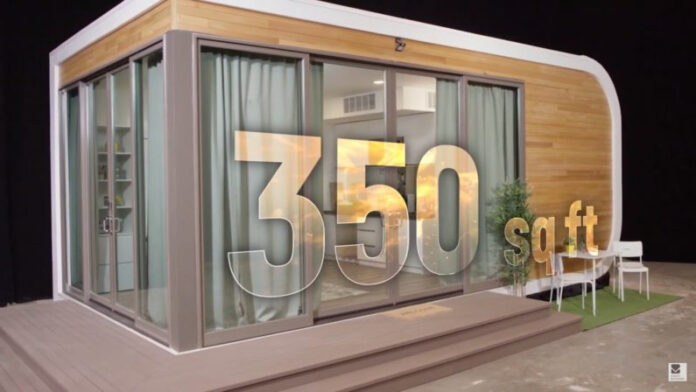Recently launched Mighty Buildings, based in Oakland, has started producing 3D-printed homes that can be built with what the company says are 95% fewer labor costs at twice the speed of conventional construction.
The builder believes the structures will appeal to consumers seeking prefab cottages, as a way to overcome runaway housing prices.
The company says property owners want to build accessory dwelling units, or ADUs, to rent to tenants to generate income, keep aging parents near, or to use as dedicated office space in the new work-from-home environment.
“We are finding that these (customers) are a combination of homeowners with some extra backyard space who would like to have a contained, private environment for living and working on their property,” Sam Ruben, co-founder and chief sustainability officer, has been quoted in an email to The Sacramento Bee.
“We see going direct … to consumers in order to take advantage of changes to California regulations since 2017 that have streamlined the permitting process,” Ruben said.
Mighty Buildings offers six models ranging from a 350-sq. ft. studio (starting at $115,000) to a 1,440-sq. ft, three-bedroom, two-bath home (priced up to $285,000).
“As far as labor, we save 95% of the labor time, working with half as many people, and with one-tenth of the materials waste as compared to traditional construction,” Ruben said. “Compared to comparable units built here in California with traditional methods we are currently up to 45% lower in cost and will be able to achieve 20% to 30% savings over traditional prefab as well.”
The Oakland facility alone could create more than 300 of these dwellings per year, Ruben estimates.














